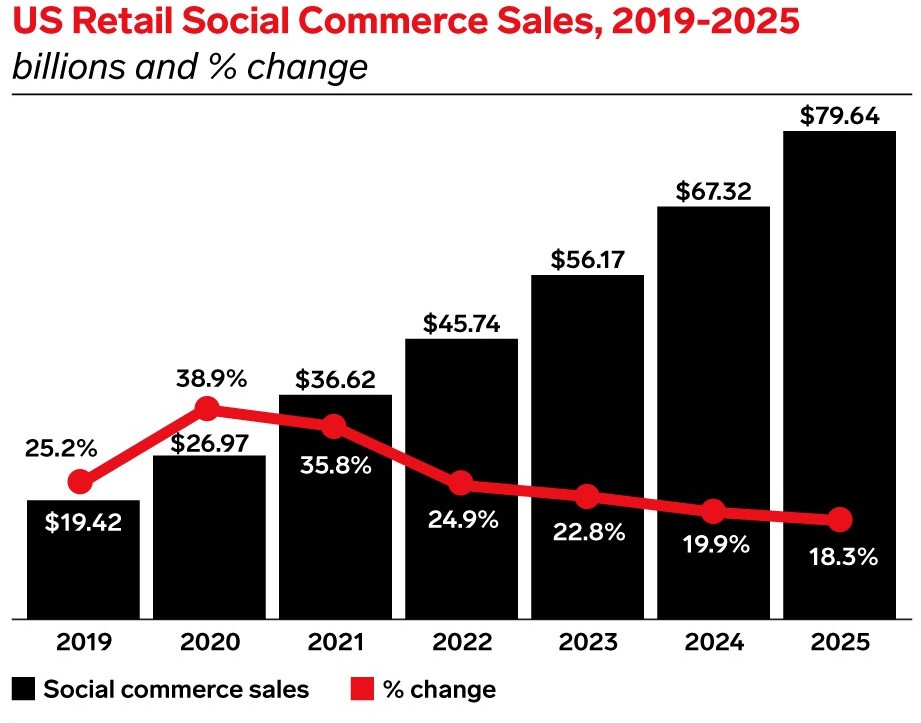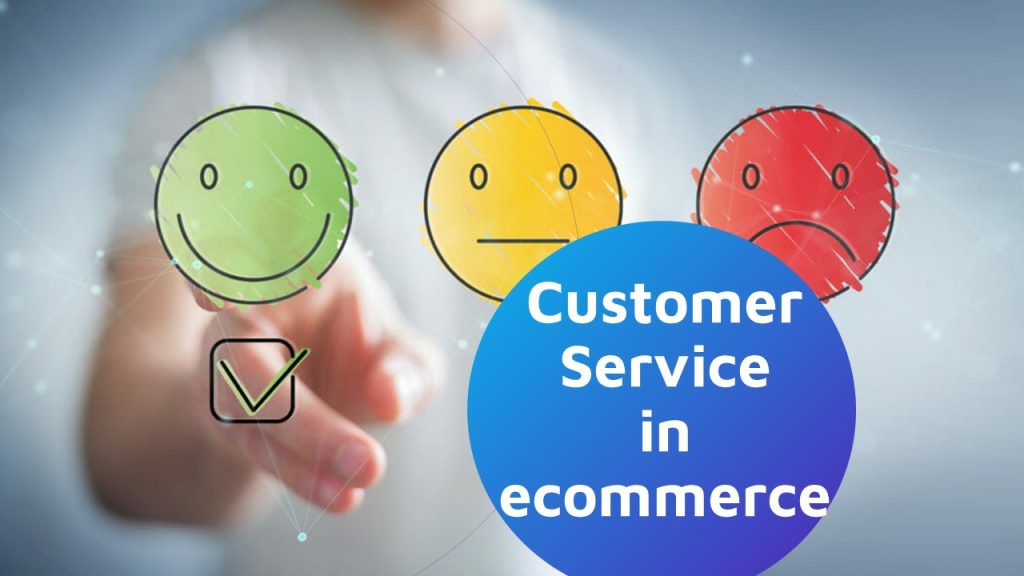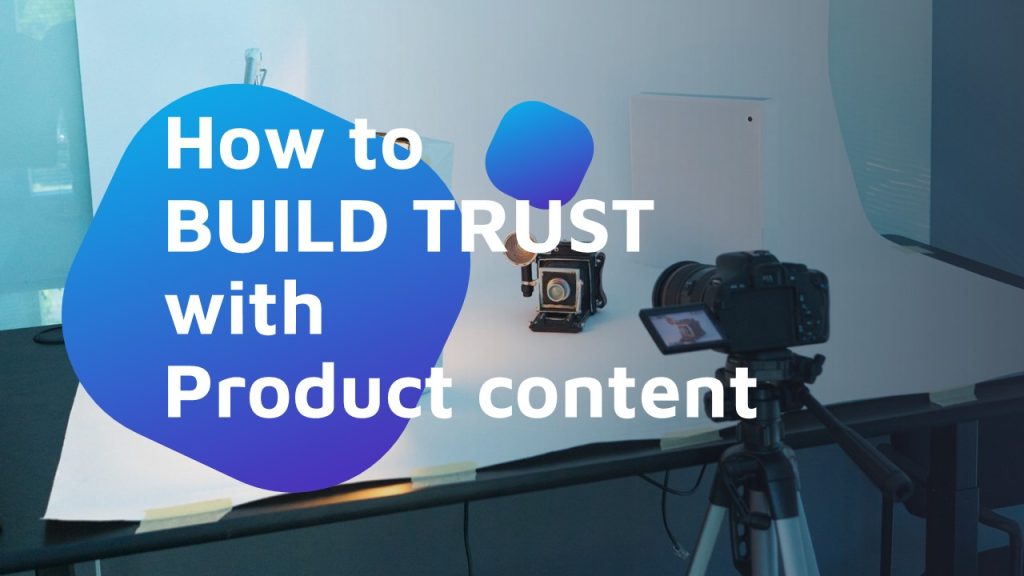Influencer marketing is one of those fast-growing industries that stem from the rise of ecommerce, social media, and the merge of the two in that thing we now call social commerce. All three, together, have shaped a new scenario that has transformed how people gather, discuss, and buy products. And that has empowered individuals and communities, changing forever communication between brands and consumers.
And while they can rapidly increase a brand’s awareness and visibility, influencers alone are no guarantee of success. Especially in the early stages of a product launch. Established or growing businesses can, however, make good use of it, as the charts below suggest.


As you can see, social commerce is more than a temporary fad. Rather, it’s something to keep a close eye on.
Content2Sell has collaborated with many brands that have used influencers as part of their marketing campaigns, and there are quite a few things we have learned about this. Keep reading and find out the lights and shadows of influencer marketing.
Advantages of influencer marketing
When properly designed, influencer marketing campaigns are not that expensive and turn out to have a pretty decent ROI, both in followers and sales. The reason is simple: influencers come with a preset community that has a common interest and is eager to listen to and support common causes.
Also, influencers are broadly followed by people with a high purchasing power and/or that are highly consumerist: millennials.
So whether you use Amazon Live, TikTok, or Instagram, the potential is huge. And these are the benefits why all sorts of businesses, from restaurants to
Primary benefits
- It creates conversation around the product or services the brand offers.
- Increases traffic to websites or landing pages.
- Boosts brand awareness. Getting the right influencer can really build a strong brand reputation.
Secondary benefits
- Amplification of brand messages.
- It allows reaching very specific niches in less invasive ways than advertising.
- And gives a realistic view of products to viewers, who can have their questions solved live.
Yes, BUT
Purchase intention tends to be higher when a product is promoted by influencers, or word of mouth, because people are more receptive to messages from people they trust and admire.
This is when a key distinction comes into play: KOL and KOC.
- KOL stands for Key Opinion Leader, who often have a preexistent popularity that grants them the social authority to create opinion. KOLs are often macroinfluencers given their reach and virality potential.
- KOCs (Key Opinion Consumers) have a reputation built on their experience as content creators, often from sharing creating, and sharing their reviews and opinions.
The rise of social commerce and its spread around the world has consolidated a trend that was only growing since 2015. But as important as the influencer is the product, and especially the content strategy behind it. Many young brands and startups are digital natives and operate Direct-to-Consumer to save costs. At that stage, they need a comprehensive branding strategy for their brand’s values, mission, and vision to be aligned with their messages and content in general.
In other words, for someone to promote a product, you need something to promote AND the right presentation.
Influencer types
Over the years, influencers have shifted from classic celebrities to common people. And the effective results of broad, accurately segmented promotion have turned this into a whole industry, where influencers specialize in fields and advocate for brands. At the same time, many influencers have become actual celebrities and count their followers by millions – something to fantasize about.
As the industry consolidated, the number of followers needed to include other metrics like their engagement rate or their effective impact on conversions (more on this below). Numbers may vary across markets and regions.
But in a nutshell, they can be sorted as:
- Nano influencers (< 5K followers)
- Microinfluencers (5K – 100K followers) focus on very specific market niches thanks to their high engagement and their followers’ loyalty.
- Macro influencers (50K – 1M followers)
- Mega influencers (Up to 1M followers) reach a significant number of people and have a higher cost.
- Top influencers (>1M): some celebrities are located here. They are useful in campaigns that seek to improve brand awareness.
There are other ways to categorize influencers: by type of content or level of influence (KOL and KOC), which shapes a myriad where academics, journalists, and experts put their alleged experience into play. Thus, knowledge and experience are key aspects.
Macroinfluencers
Of course, any company would like to collaborate with a macroinfluencer: people with more than 50,000 followers. But they usually have high fees, unaffordable for many small or medium-sized businesses on a regular basis.
Because quality matters, covert advertising tends to be spotted – and microinfluencers should know. And because their success depends on their followers, they won’t advertise something they don’t believe in.
On the other hand, the follower market has also distorted the influencer market given the possibility to buy followers but not have a significant impact – mostly for not having the common interest that builds a community. So, in case you consider hiring a macroinfluencer, make sure to verify their previous work and impact.
Microinfluencers
Why would you hire a microinfluencer to promote your product? Micro-influencers have smaller, loyal, and well-segmented audiences, which makes them very effective for product launches and young brands.
Microinfluencers grew fast during 2016 and 2017 and proved the worth of their impact on their audience, who often share communities. And that provides a very high engagement and conversion rate.
Implementing a successful influencer marketing campaign
Set your campaign goals
As in any marketing campaign, clear goals are the cornerstone of all future action.
Influencer marketing can be used for branding, traffic, or sales. Set goals allow to break down all the actions of the campaign.
Spot valuable accounts
The number of followers in one thing, and their actual interest is a completely different one. Note that influencers come with a follower community, and they will not change it for a newborn brand. Therefore, it’s important to find one that’s close to the company’s target audience and values.
So, spot your audience first, and the accounts and the influencers you need to attract them, later.
Design marketing actions for influencers
To make the most of influencer marketing, it’s essential to carry out different marketing actions. But just as I port is to find the right balance between the technical specifications of a product and the practical solution it provides to a given problem.
Here’s an example: fashion is the biggest category in ecommerce, but an influencer who specializes in fashion and cosmetics may not be enough to explain the technical details of an innovative device like a hypersonic hairdryer. This is a common struggle leading to working with different influencer profiles and, especially, to giving them the proper brief and detailed information.
That said, some typical strategies are:
- Launch your first promotional videos and branded content to gain visibility across search engines and Social Media.
- Work your brand’s visibility on Social Media: post your product photography, take part in conversations, tag, and share interesting, related content. Remember there is a specific social network for every segment.
- Use email marketing to promote your influencer marketing videos or livestreams.
- Let them (make them!) try your product. Offer samples.
- Invite them to your company’s events to increase your brand recognition within their community.
Think of the compensation model
Influencer marketing often includes service compensation. Especially when there’s a signed agreement for publishing branded content on their behalf. In some countries, this can lead to legal obligation to disclose the business relationship between the two parties.
That said, these are the most common compensation models:
- Cost per engagement: influencers get paid for the number of interactions they generate with their content.
- Cost per click: influencers are paid according to the number of clicks they generate to a landing page.
- Cost per post, for which influencers usually get paid a fixed amount.
- Exchange model, in which products or services are offered in exchange for content.
- Cost per acquisition, which goes by the conversions they generate, be it filling out a form, subscriptions, or purchases.
Legal considerations
For a cross-border content creation company like us, it is hard to keep track of local regulations worldwide. But generally speaking, good practice includes:
- Marking promotional content as “advertisement” or “sponsored content”.
- Avoiding false, disguised, or misleading advertising at all costs, as penalties can reach tens of thousands of dollars. For example, Instagram requires the #ad hashtag.
- Staying away from unfair competition., like using illicit or blatantly comparative advertising.
- Complying with data protection regulations. Images cannot be used without the consent of the people appearing in them.
- Respecting intellectual and industrial property.
Keep in mind that influencers can spread the reach and awareness of brands and products as fast as they can ruin their reputation. And while that specific scenario can be included in contracts and partnership agreements, it is best to have legal advice or use influencer agencies to prevent any breaches of data or sensitive information.
Influencer marketing isn’t but the tip of the iceberg
As said above, influencer marketing is one more layer of a marketing strategy. Especially for brands that are barely taking off and can afford few risks. The early stages of a product’s launch and promotion require simpler forms of content to make it visually appealing and relatable. Product photography, explainer videos, and consistent branding. The more solid the base is, the easier escalation will be.
And that’s exactly what we do.



